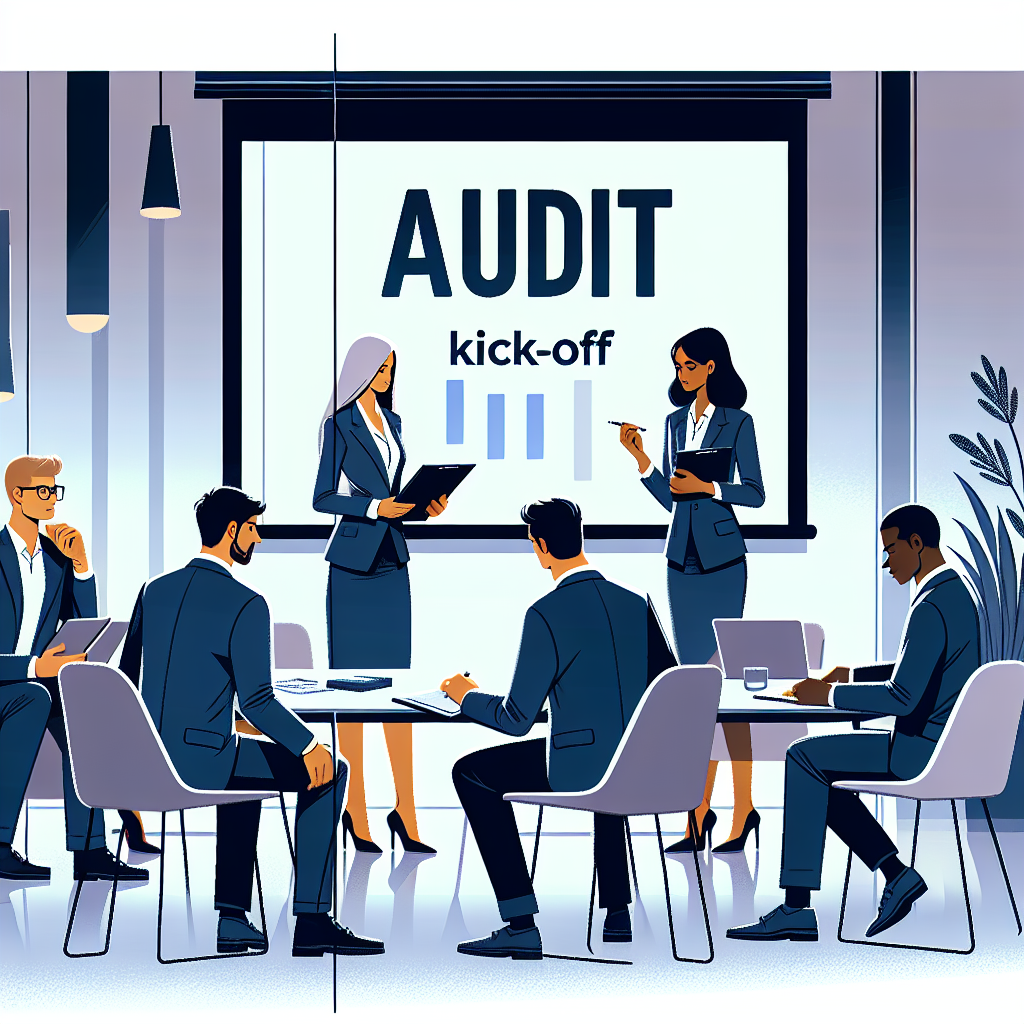A meeting purpose refers to the specific reason or objective for convening a meeting. It outlines the goals, objectives, or outcomes that the meeting is intended to achieve. A clear meeting purpose helps to establish the focus and direction of the meeting, ensuring that participants are aligned and engaged in discussions and decision-making processes. It serves as a guide for the agenda, topics of discussion, and desired outcomes, ultimately leading to a more productive and efficient meeting.
How To Write A Meeting Purpose Statement: Step-By-Step
- Step 1: Define the Objective
- Step 2: Identify Attendees
- Step 3: Set the Agenda
- Step 4: Confirm the Date and Time
- Step 5: Choose a Venue
- Step 6: Send Invitations
- Step 7: Preparation of Materials
- Step 8: Establish Rules
- Step 9: Execute the Meeting
- Step 10: Record Minutes
1
Step 1: Define the Objective
The primary goal of the meeting is to define specific objectives and desired outcomes. This will enable effective planning and execution of the meeting, ensuring that it addresses relevant issues, promotes collaboration and problem-solving, and leads to tangible results for the business.
Next Step
2
Step 2: Identify Attendees
To achieve the objective of the meeting, it is important to identify the key individuals who need to be involved. These individuals may include team members, executives, stakeholders, and external partners, who can contribute their expertise and perspectives towards achieving the desired outcome.
Next Step
3
Step 3: Set the Agenda
During the meeting, various topics will be addressed with designated leaders and time estimates. These include project updates (led by the project manager, estimated at 15 minutes), financial review (led by the finance director, estimated at 20 minutes), and upcoming marketing strategies (led by the marketing manager, estimated at 10 minutes).
Recommendation
Advertisement
Have you tried our Meeting Notes Software, yet?
Want to run a better meeting? Try ZipDo, our Meeting Note Software.
Connect your Google Calendar
Automatically create a note for every meeting
Organize your meetings and meeting notes in a channel like Slack
Next Step
4
Step 4: Confirm the Date and Time
To ensure maximum participation, it is important to schedule the meeting at a time that is convenient for all attendees. By doing so, you can optimize attendance and ensure that everyone can contribute and participate effectively.
Next Step
5
Step 5: Choose a Venue
The choice of meeting venue is crucial, as it should be appropriate for the attendees and create an environment that promotes productive and engaging discussions.
Next Step
6
Step 6: Send Invitations
In order to effectively communicate the details of the upcoming meeting, it is essential to notify all attendees by sending a comprehensive invitation that clearly specifies the objective, agenda, date, time, and location of the event.
Next Step
7
Step 7: Preparation of Materials
If the meeting includes presenting data or reports, it is essential to prepare these materials in advance. This involves creating slide decks, spreadsheets, or documents, ensuring that they are well-organized and ready for the discussion.
Next Step
8
Step 8: Establish Rules
To ensure a smooth meeting, establish conduct rules that cover speaking order, technology usage, and mutual respect for diverse viewpoints.
Next Step
9
Step 9: Execute the Meeting
In order to effectively conduct a meeting, it is crucial to adhere to the predetermined agenda, encourage active participation from all attendees, and maintain focus on relevant topics throughout the discussion.
Next Step
10
Step 10: Record Minutes
Designate a person to record meeting discussions, decisions made, and tasks assigned for proper documentation purposes.
Conclusion
Writing a meeting purpose statement is an essential step in ensuring productive and effective meetings. By clearly defining the objectives, expectations, and desired outcomes of the meeting, you can set a clear direction and focus for all participants. Remember to keep the purpose statement concise, specific, and action-oriented. This will help keep the meeting on track and increase the likelihood of accomplishing the intended goals. With a well-crafted meeting purpose statement, you can maximize the value of every meeting and drive better results for your team or organization.

Jannik Lindner
I'm Jannik and I write on MeetingFever about the experiences from my career as a founder and team lead.
If you have any questions, please contact me via LinkedIn.
Popular Questions
What is the main objective of this meeting?Who is the target audience for this meeting?What should the participants expect to gain from the meeting?How will the success of this meeting be determined?Are there any particular topics or issues that are to be addressed in this meeting?
The main objective of this meeting is to discuss our quarterly sales targets and come up with effective strategies to ensure we meet or exceed them.
The target audience for this meeting are the members of our sales and marketing teams.
Participants should expect to gain a better understanding of our sales goals, knowledge about the strategies we intend to use, and the role they will play in implementing these strategies.
The success of this meeting will be determined by clear understanding of goals by all the participants and formulation of solid and executable strategies.
Yes, some of the topics to be addressed include our current sales performance, the challenges we are facing, and the strategies that we need to employ to address these challenges.



